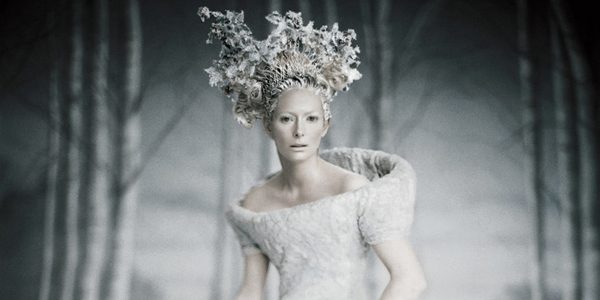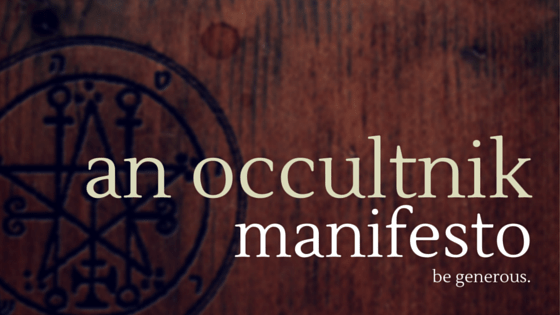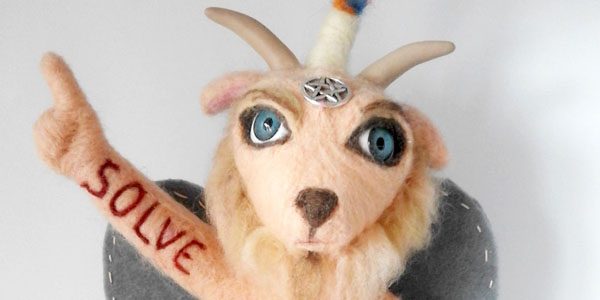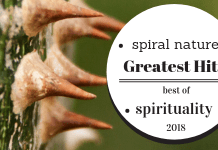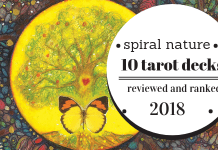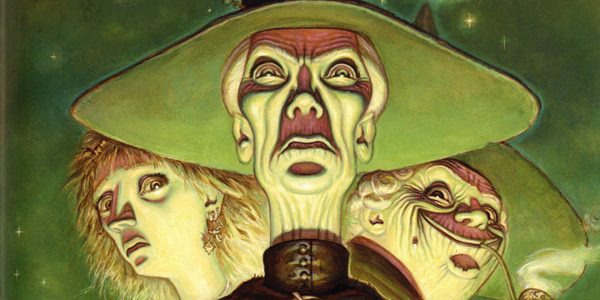 Earlier in the month we published our giant list of the 25 best books in occulture in 2016, our list of the 5 tarot and oracle decks reviewed and ranked from 2016, and our list of the 11 best articles on magick we published this year
Earlier in the month we published our giant list of the 25 best books in occulture in 2016, our list of the 5 tarot and oracle decks reviewed and ranked from 2016, and our list of the 11 best articles on magick we published this year
Of the 23 articles on occulture we published in 2016, these are the 11 most popular.
Click on the title link to take you to the full article to revisit articles you’ve forgotten, meant to read, or maybe haven’t seen yet if you’re newer to the site. (Welcome!)
We’ve had a fantastic year, and it’s all thanks to you — our supporters and readers.
Happy holidays!
11. Michelle Belanger on urban fantasy and world-making
By Kalagni
Michelle Belanger’s writing style is fast-paced, and brisk, yet filled with amazing details and nuance. The pace, world, and characters draw you in to an alternate Cleveland. The novel is written in first-person narrative, which is generally something I dislike, but it didn’t take long for me to be drawn into Zack’s head, and actually enjoying the narrative style, especially with Zack’s habit of having a very geeky internal, and external, monologue. The world is both dark and serious, but also lightened by Zack’s inappropriately geeky sense of humour, and the fact that most century old angels don’t get pop-culture references.
10. Black witch blues: The whiteness of magick spaces
By Donyae Coles
Even with all of the freedom and variance in approaches to practice in the occult community, one thing was apparent to me when I started my journey as a Black witch; the sphere of spiritual and occult practice is large, but it is also overwhelmingly white in its presentation which can be very off-putting for people of colour (POC) beginning their practices.
There are bastions of practitioners of colour. Thanks to the Internet, it is much easier to find people from all races who are practicing a variety of magick arts and traditions. Even so, the front face of the occult is still predominately white which often leads to POC questioning whether or not they can be Pagan or spiritual, or if these varied practices are only for white people. When you are just starting, much of the literature that people recommend is written by Starhawk, Silver RavenWolf, or Scott Cunningham. Depictions of witches or photos of modern covens feature by and large white practitioners.
9. An occultnik manifesto
By Psyche
We occultniks have obscure interests in weird topics that have largely gone out of fashion with the turn of the previous century, and practice things that, at times, seem downright anachronistic. Yet there are those within the fold who snipe at each other and belittle one another’s practices, as if our collective positions aren’t tenuous enough. It’s long past time we learn to embrace our passions, rather than fear the judgement of our peers for expressing excitement.
8. Dreamers, shapers, singers, and makers: Magick and the art of storytelling
Storytelling allows us to create whole new worlds or to recast our current one in a more striking shape — as dream, as nightmare, or as rapier-tipped political tool. Filling the blank void of that first page is an act of creative magick reminiscent of the storied gods: “In the beginning was the Word.”
Words are magick. Just ask Odin One-Eye how much he was willing to sacrifice to get his hands on the runes. Or ask Amun-Ra how well creation would have gone without names to speak the world into being.
Stories are magick, too. As myths, we tell them to give context to the mysteries of our world. Through image and metaphor, they encode knowledge in a form so memorable, it can be passed orally to endure through generations.
7. Discworld magick in personal practice
By Anne Bean
Sir Terry Pratchett’s comic fantasy series Discworld is a large-scale parody of Earth and human civilization. A flat world that sits on the backs of four elephants, who then stand on the back of a giant turtle who swims through space: this is the Discworld, where belief creates reality in the most literal sense. The world itself is the shape people have imagined it to be, and deities rise and fall in influence depending on how many people believe in them. There are witches and wizards on Discworld, and it’s the Discworld witches have influenced my own path as a witch.
6. Reclamation after cultural appropriation
By Donyae Coles
Discussions on cultural appropriation is greatly focused on simply not doing it, which needs to be addressed, but what about after something has already been appropriated?
Imagine this: You meet someone new through your circles. You get along with this person. Then one day, you notice they’re wearing a swastika. Maybe it’s a subtle symbol on their clothing or a piece of jewelry. You point it out to them, sure they just didn’t notice but then they say that no, they noticed and it was important to their spiritual practice. Now you’re concerned your new friend is Nazi and are second guessing everything about them.
As they speak, however, it’s clear that there’s much more to the common symbol than you realized, a whole history that existed long before the Third Reich came into the picture. Even though what your friend is saying is reasonable, you can’t shake that feeling that this is a Nazi symbol, even though your friend has told you that it is not. Which raises the question, can any symbol ever be taken back from its appropriation?
5. Satanism in music: Satan sets the tone
n 1972, Christian rocker Larry Norman asked the question, “Why should the devil have all the good music?”
Since the beginning, Satan has encouraged people to be conscious of who they truly are. A natural outpouring of that is the longing to express our innermost thoughts and feelings. To be human is to be passionate, and the need to make our mark in the world is an innate desire.
When a person allows themselves to create with abandon, they allow what is in their soul to come forth. They speak their true will through their lyrics, making listeners feel a variety of emotions. One of the reasons people listen to a song over and over again is because it brings out the best in them. The most powerful lyrics will make people think and encourage them to rise above.
4. Siolo Thompson discusses her Linestrider Tarot
I discovered Siolo Thompson’s beautiful Linestrider Tarot when she submitted to Arcana: the Tarot Poetry Anthology. My publisher, the Seattle-based Minor Arcana Press, and I were very excited to use her work for the book’s cover and interior art.
3. A Witch’s Pyramid of Inclusivity
By Anie Savino
The conversations surrounding accessibility, diversity, inclusivity, and representation have come to the forefront of many Pagan and occult circles. From rituals, books, to articles, workshops, and protests, occultists are changing the way we look at public and private practice. I want to bring that dedication fully into my daily life as well as my magick.
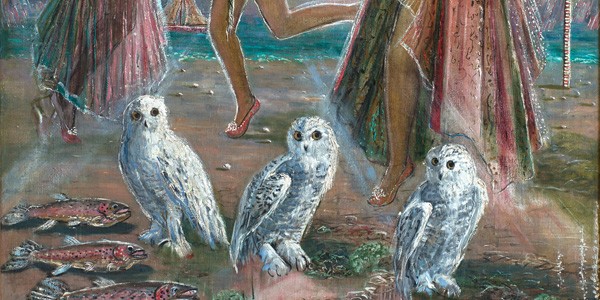
2. Language of the Birds exhibition at New York University
Everyone loves a mystery. And few things are more mysterious than occult symbols. Magicians and artists have long embraced the visual language of occultism with its tantalizing promise of hidden meaning lurking just below the surface. Judging from the capacity crowd queuing out the door for the Language of the Birds opening reception this frigid January evening, everyone here loves the mystery of occult art.
1. Eris Kallisti’s gorgeous goetia dolls
By Psyche
When I first saw Eris Kallisti’s delightfully demonic goetia dolls, I knew I had to contact her for an interview. She hand crafts each adorable demon, and sells them on Etsy. Much of her work is custom, but I just had to know how this whole thing got started.



